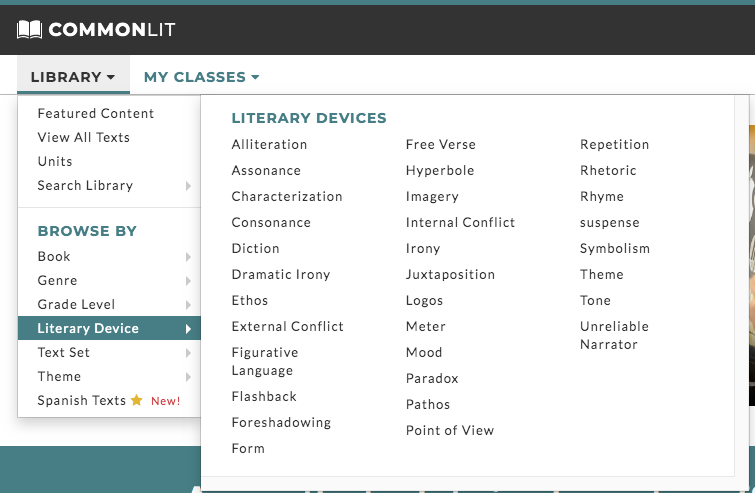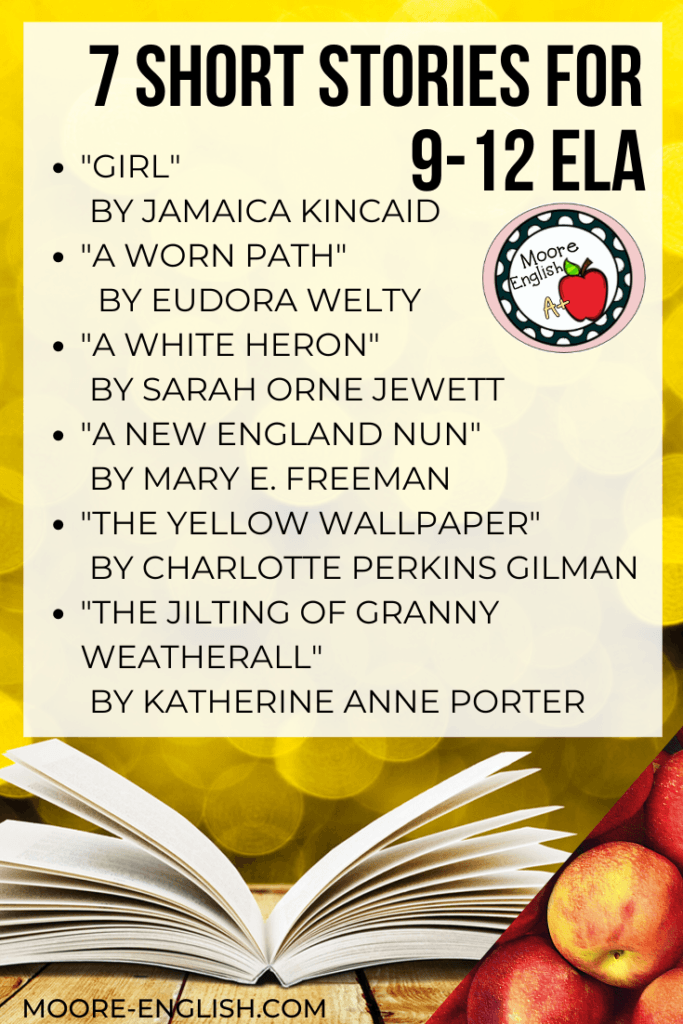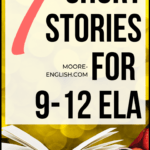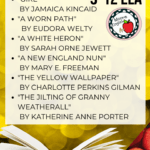A short stories unit is a staple in many literature classrooms. Somet teachers use short stories to begin the year. Others use short stories as complements to larger units. And others use short stories for another purpose like teaching literary criticism.
However, selecting short stories can be a challenge. Finding a short story that is at grade-level, engages readers, and lends itself to content skills and standards can be time consuming. And once you have the story, you still have to make instructional decisions.
To make that process easier, I’ve collected 8 short stories that work well for 9-12 ELA (most of which are bundled together here). As I was making selections, I was inspired by Women’s History Month. Check out these 8 short story suggestions!
This post this post may contain affiliate links. Please read the Terms of Use.
The Starter Pack
A short story unit is a great way to calibrate students’ strengths and needs. Even if you don’t have time for an entire unit, using one or two short stories can be an effective way to assess student ability and/or to teach classroom expectations for reading and interacting with texts.
When selecting short stories for diagnostic or introductory purposes, teachers are looking for shorter pieces without new content. If you want to determine what students already know, it’s not fair to throw a new literary technique (like irony) at them. Similarly, if the goal of a lesson is to teach close reading expectations, then you will undermine the lesson by choosing an intimidating piece.
Here are two text suggestions:
–“Girl” by Jamaica Kincaid: Because it is so short, this is a great piece for introducing close reading strategies or reading expectations. Kincaid’s entire story is one long sentence, so this text is also an opportunity to teach syntax and author’s purpose. This would also be a great text for Women’s History Month because it focuses on complex family relationships. Check out my resources for this story here.
–“A White Heron” by Sarah Orne Jewett: While this piece is longer than “Girl,” the plot is fairly straightforward. For this reason, this is a good diagnostic piece. Additionally, this piece lends itself to analysis of character, symbolism, and American regionalism. Check out my resources for this story here.
Short Stories for Literary Elements
Short stories can also be great tools for teaching specific literary elements. Here are suggestions for stories that relate to specific literary techniques.
–“A Worn Path” by Eudora Welty is a great text for teaching deliberate ambiguity and symbolism. The story of Phoenix Jackson also provides unique commentary on Americana. Check out my resources for this story here.
–“The Jilting of Granny Weatherall” by Katherine Anne Porter is a great text for analyzing stream of consciousness, flash back, and unreliable narrators. Check out my resources for teaching this text here.
–“Editha” by William Dean Howells is a great piece of analyzing historical context. With “Editha,” teachers and students can explore American Realism, characterization, and irony. Check out my resources for this text here.
CommonLit (one of the great websites to use for finding new texts) also has a search feature that allows teachers to filter text by literary technique. This is a great tool for working backwards to design lessons focused on specific literary elements.

Short Stories for Literary Criticism
Short stories are also a great way to introduce literary criticism. Because short stories are so brief, they make great tools for students to approach for various critical angles. Additionally, short stories provide authors with a finite amount of space, which means that author’s purpose is often easier for students to find. Literary criticism is a great friend of author’s purpose, so each short story is a critical opportunity!
–“A New England Nun” by Mary E. Freeman is my absolute favorite short story. The main character Louisa is unlike anyone else in American literature. And her story is fit for feminist, psychoanalytical, and Marxist criticism! Check out my resources for this story here.
–“The Yellow Wallpaper” by Charlotte Perkins Gilman is the gold standard in American short stories. Reading the text alongside Gilman’s “Why I Wrote ‘The Yellow Wallpaper’?” also provides students with the opportunity for biographical and historical criticism. Check out my resources for this story here.
-Finally, in a post inspired by Women’s History Month, it might also be worth exploring the way men have portrayed women in literature. “Winter Dreams” by F. Scott Fitzgerald and “Editha” by William Dean Howells are both good opportunities to apply a feminist lens to literature. Evaluating the way these male authors portray women is a great way to practice criticism. But Fitzgerald and Howells’ portrayals of women should also be read up against a woman’s portrayal of women. The contrast is startling and should lend itself to a powerful classroom conversation.
How do you use short stories?
Regardless of how you use short stories in your classroom, these texts provide teachers with countless opportunities. Short stories can be diagnostic tools, can teach literary elements, and can provide the grounds for literary criticism. To help you use short stories in your classroom, I’ve bundled together 7 great titles and resources in this 9-12 Short Stories Bundle. It can be used as the foundation for an entire unit!





















